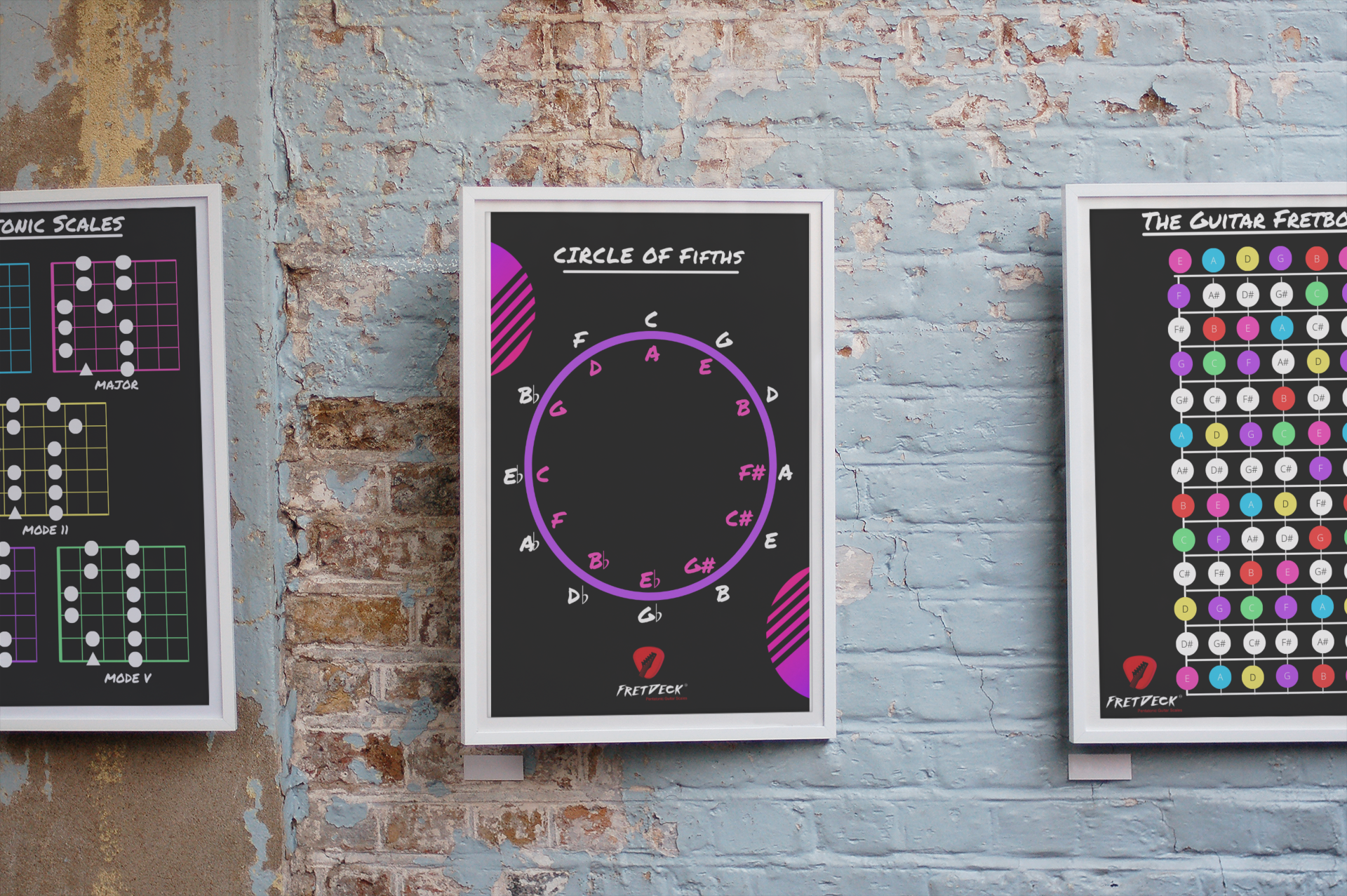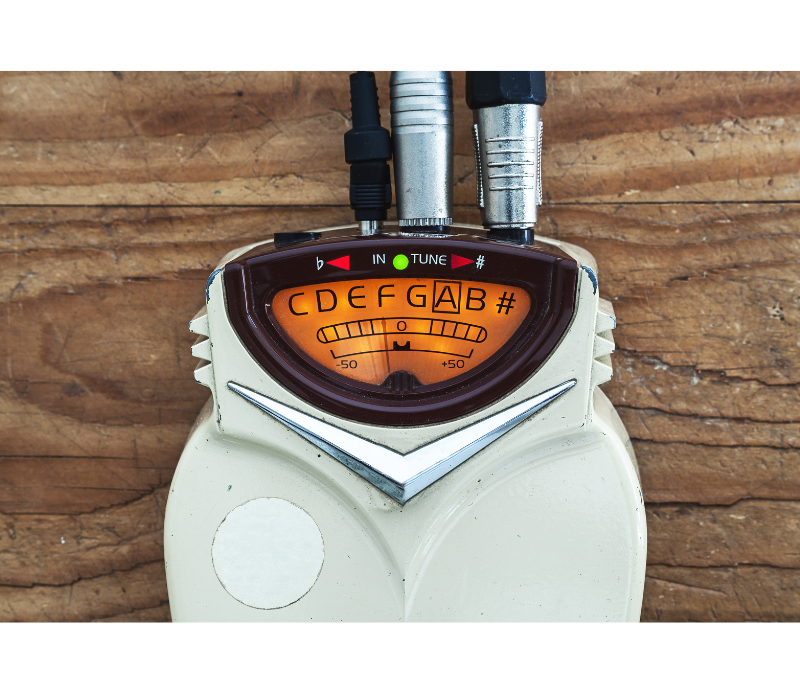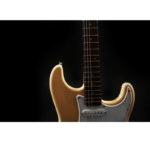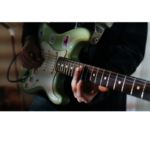A guitar tuner isn’t a luxury. It’s the fastest way to sound professional and stay confident every time you play.
Most guitarists underestimate just how critical it is to keep their instrument perfectly in tune. However, if you want to record, perform live, or simply enjoy playing, investing in the best guitar tuner for your needs is essential.
In this guide, you’ll discover the top guitar tuners trusted by pros, learn how to explore alternate tunings, and pick up smart strategies to keep your guitar sounding its best.
(For a deeper look at how tuning connects to fretboard mastery, check out our guide on visualizing guitar fretboard notes.)

❌ Stop Guessing. Start Shredding.
If you’re still fumbling through scale patterns and box shapes… it’s costing you progress.
FretDeck™ is the no-fluff system that shows you exactly how to master the fretboard—fast. Early access.
⚡️ This isn’t for dabblers. It’s for players who want results.
👉 Click here to join the pre-launch now
Early access. Limited rewards. Don’t wait.
🎸 Why a Guitar Tuner Matters More Than You Think
A guitar tuner does more than align your strings. It gives you total pitch confidence, speeds up your practice, and makes alternate tunings possible.
Furthermore, you can avoid embarrassing moments on stage when your guitar drifts out of tune mid-set. With the right tool, you’ll never second-guess whether you’re playing the right note.
🎯 The Best Guitar Tuners to Upgrade Your Sound
1️⃣ Fender Bullet Tuner — Compact, Reliable, and Affordable
If you need a guitar tuner that’s simple to use and easy to carry, the Fender Bullet Tuner is an excellent choice.
Features You’ll Love:
- Bright, easy-to-read display
- Clip-on design that ignores background noise
- Adjustable calibration
Many players keep this tuner clipped to the headstock at all times. As a result, you can always double-check your tuning between songs.
2️⃣ Korg Pitchblack Advance — The Stage Performer’s Guitar Tuner
The Korg Pitchblack Advance is built for live shows and studio sessions. It offers extreme accuracy and multiple display modes.
Key Benefits:
- ±0.1 cent tuning accuracy
- True bypass for clean tone
- Durable construction
Because it’s a pedal tuner, you can mute your signal and tune silently on stage.
3️⃣ TC Electronic PolyTune 3 — The Fastest Guitar Tuner Around
If you’re tired of checking each string individually, this is the guitar tuner for you. The PolyTune 3 lets you strum all six strings at once and see which are out of tune instantly.
Standout Features:
- Polyphonic and strobe modes
- Built-in buffer to preserve tone
- Bright LED display
Consequently, you’ll spend less time tuning and more time playing.
🎯 How to Use a Guitar Tuner for Alternate Tunings
Beyond standard tuning, your guitar tuner helps you unlock creative tunings that inspire fresh ideas.
Examples:
- Drop D: Perfect for heavier riffs.
- DADGAD: Ideal for folk and fingerstyle.
- Open G: A favorite for slide guitar.
Therefore, set aside time each week to experiment with these tunings.
🎯 Quick Guitar Tuner Tips Pros Use
1️⃣ Tune every session to build consistent habits.
2️⃣ Always tune up to pitch to maintain tension.
3️⃣ Check intonation monthly to avoid hidden issues.
4️⃣ Mute when tuning live to keep things professional.
5️⃣ Explore alternate tunings to expand your sound palette.
🎯 Ready to Master Your Tuning and Fretboard?
Remember, a guitar tuner is only the start. If you want to truly understand the fretboard and play with freedom, explore the FretDeck system.
👉 Grab FretDeck Today
Get all 60 pentatonic scale patterns in every key, plus exclusive access to our Discord community.
👉 Join Guitar Freaks Hangout
Swap riffs, get feedback, and connect with players as passionate as you.

Download FREE Guitar Charts!
We have 27 FREE guitar charts to help you learn the guitar fretboard. Learn How to play chords and scales with these free resources.
Free Guitar Resources










